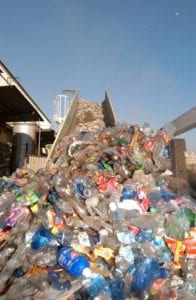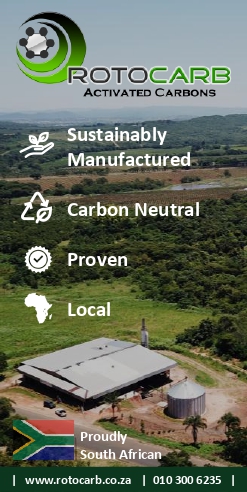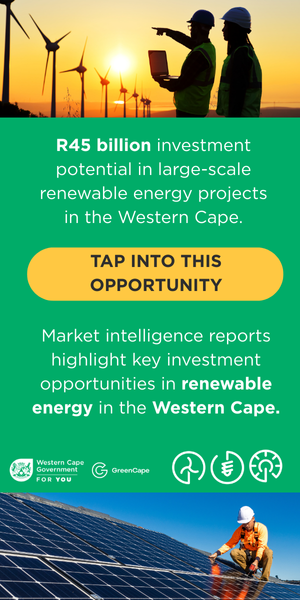Plastic recycling in South Africa has continued to grow for seven years in row.
According to the 2017 plastics recycling figures, released by Plastics|SA, more than 334 727 tons of plastics were recycled back into raw material – giving South Africa an input recycling rate of 43.7 % – well above Europe’s recycling rate that currently sits at 31.1 %. Anton Hanekom, Plastics|SA Executive Director, says South Africa is doing phenomenally well with its recycling when compared to the rest of the world. Hanekom goes on to explain that the South African recycling industry is based on economic principles whereas in Europe, recycling is an environmental principle subscribed to by most citizens and local councils.South Africa VS Europe
“In South Africa, recycling needs to be financially viable in order to succeed, whereas in Europe it is the right thing to do. Locally we rely on manual labour to sort the waste and recycle, whilst overseas the entire process has become mechanised. “Furthermore, there are landfill restrictions in place for recyclable and recoverable waste in some of the EU-28 countries, whilst in South Africa we only have formal waste management for 64 % of all households. More than 12 % of Metropolitan households do not even have regular refuse removal, much less a two-bin waste collection system where recyclables are collected separately on a weekly basis,” he states.Most popular products
The most widely recycled material in South Africa continues to be Low-Density Polyethylene (PE-LD and PE-LLD) packaging films. This is the most common plastic, with around 80 million tonnes being produced annually around the world, and is primarily used in packaging such as plastic bags, plastic films, wrappings, geomembranes, rotational moulded tanks, etc.PET beverage bottles continued to show a steady increase over the last 4 years. The drought in the Western Cape caused a spike in the sales of mineral water, which put more PET water bottles in the recycling stream and simultaneously created a growing demand for recycled content PET bottles to relieve the pressure on the limited virgin supply.
Products made from High-density polyethylene (PE-HD) such as bottles, drums and crates were the third largest recycled polymer, and the demand for milk bottles increased during 2017. The Polypropylene (PP) tonnages also showed some growth, with the recycling of PP film being included with the well-established woven tapes, packaging items and domestic ware. The recycling of flexible PVC products, such as gumboots, hoses and cable sheathing remain steady in South Africa, whilst the recycling of redundant water- and plumbing pipes, conduiting and gutters made from rigid PVC add to the recycling figures.







